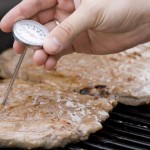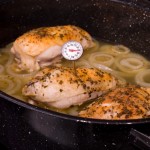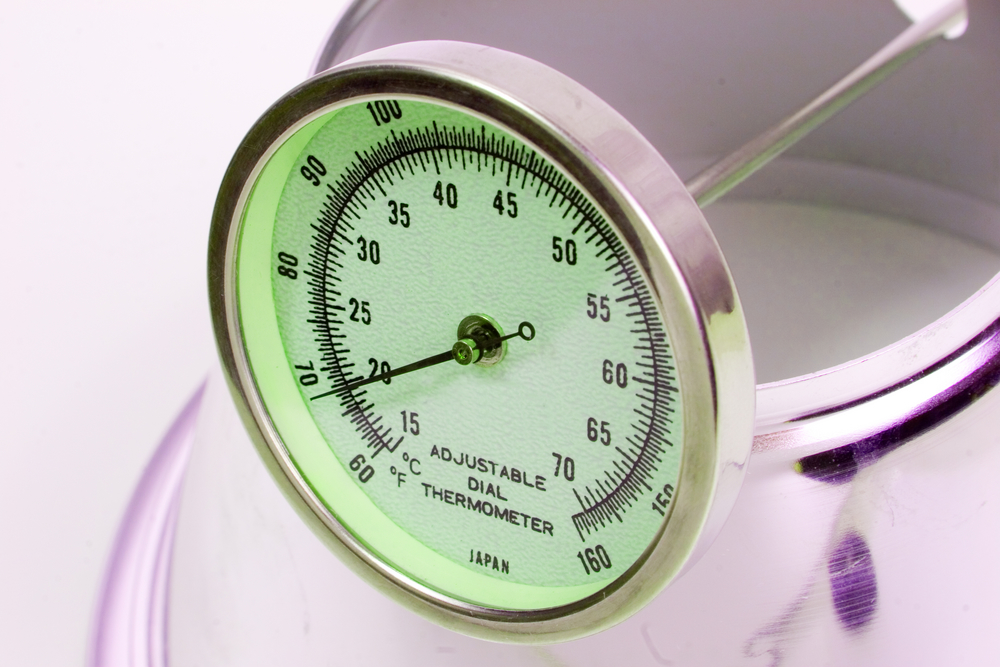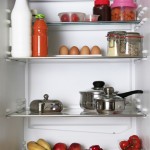Are you aware that temperature control of food during preparation and storage is very vital to ensure food safety? Food contaminated by harmful organisms like bacteria, viruses and parasites can make you sick. Symptoms may range from, nausea, vomiting, diarrhea, stomach cramps and fever. Food temperature plays a very important role to prevent these organisms from growing and multiplying. Freezing stops them, refrigeration slows them down, and proper cooking kills them. Always be aware and ensure proper temperatures during food storage (cold holding, and hot holding), cooking, cooling, reheating, and defrosting.
Refrigeration
- Make sure you set your refrigerator at 4 °C or less.
- Make sure to set and your freezer at – 18°C or less.
- Air circulation is very important to maintain these temperatures, so do not over load them.
Cooking & Reheating
Cooking temperatures vary for meat, pork, poultry, and fish; proper cooking kills the harmful organisms. So remember these internal cooking temperatures which should be reached for at least 15 seconds; 
- 82 °C for whole poultry
- 74 °C for poultry other than whole poultry and all food mixtures containing poultry
- 71°C for pork and ground meat
- 70°C for fish
Always check your cooking temperatures with a probe thermometer. Do not forget to clean and sanitize the probe of the thermometer before and after taking temperatures.
Reheat to the original cooking temperature within two hours. 
Hot holding
Always maintain temperatures above 60°C for any hot holding.
Defrosting
You can defrost foods using any of three methods:
- Thaw in the fridge
- Thaw under running cold water or
- Thaw in the microwave.
Never defrost at room temperature. And always cook immediately after defrosting.
Never leave foods to cool at room temperature. You can cool foods safely by:
- Putting hot foods in a shallow container no more than 2” thick and place it in the fridge
- Using an ice bath and stir foods until they are cooler and then place in the fridge
Avoid keeping any hazardous food in the danger zone – that is the temperature between 4°C and 60°C.
For more information, please contact the Chatham-Kent Public Health Unit at 519-352-7270


